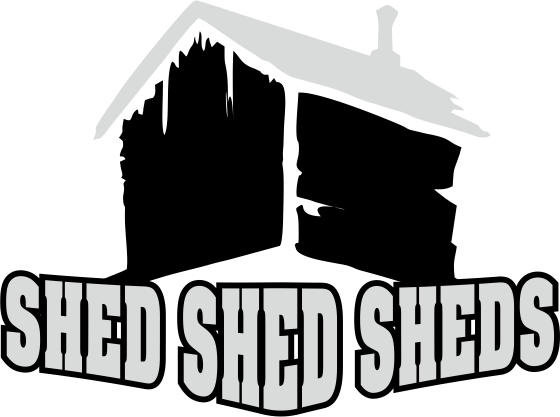- Joined
- 5 Apr 2004
- Messages
- 123
- Reaction score
- 6
- Country

O.k Ordered a shed 22mm shiplap Pent went to collect it and erected it ourselves to save a bit of money cost £590 .
Thought at the time the panels looked quite thick but didnt look 22mm to me but didnt question it as its for a new business venture and we needed it fast . But a few days later and finally got a tape measure and measured it its 18mm . So i thought hang on im not having this and rang them although happy with shed i havent got what i paid for .
The lady kindly explained that it was made out of 22mm wood but by the time they had cut and done with the wood it isnt 22mm thick that goes on the shed and she also initmated this is general for the trade . Is this just a load of hogwash as surely if you pay for 22mm thats what you get on the shed not that its been made out of 22mm thick wood at the beginning .
Or are they correct and this is what happens .
Going to enjoy reading the answers .
Thx Alan
Thought at the time the panels looked quite thick but didnt look 22mm to me but didnt question it as its for a new business venture and we needed it fast . But a few days later and finally got a tape measure and measured it its 18mm . So i thought hang on im not having this and rang them although happy with shed i havent got what i paid for .
The lady kindly explained that it was made out of 22mm wood but by the time they had cut and done with the wood it isnt 22mm thick that goes on the shed and she also initmated this is general for the trade . Is this just a load of hogwash as surely if you pay for 22mm thats what you get on the shed not that its been made out of 22mm thick wood at the beginning .
Or are they correct and this is what happens .
Going to enjoy reading the answers .
Thx Alan

